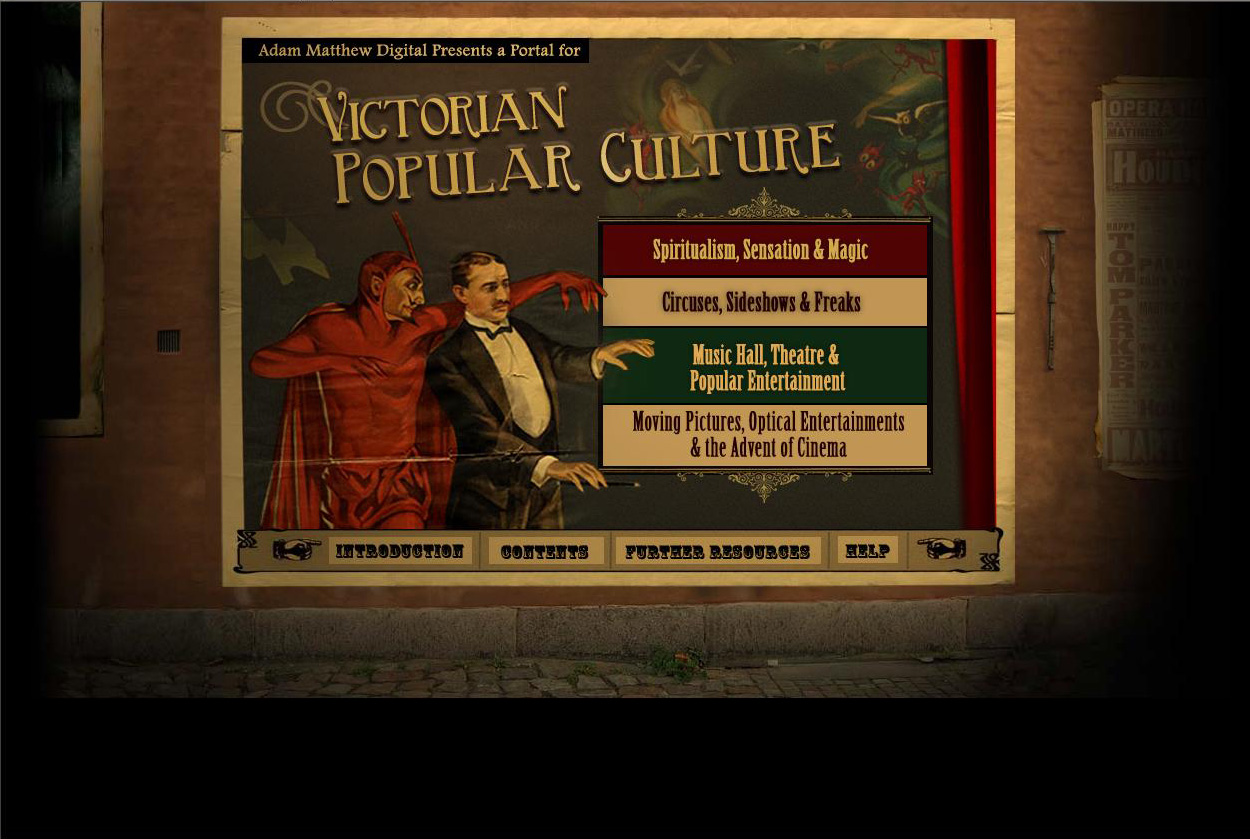Impermanent Cinema: A Rhetorical History of Decline
In this project, I advocate for an historical orientation toward the underlying processes and contingent circumstances by which a material culture of cinema enters various stages of decline. From this orientation, I present four case studies as evidence that cinema can be understood according to its impermanent manifestations. I advance this general historical framework to challenge the logic of innovation, which typically bolsters common perceptions of progressive technological change and the perpetuity of moving image cultures. To this end, I argue that objects of cinema history, when given their due as objects, have the suasive force to speak history and encourage a more robust and dynamic understanding of cinema’s many lives (and deaths). Through a selection of sites, discourses, and physical conditions out of which changes occur to the “stuff” of cinema, I elevate examples of cinema’s material culture to a level of historical significance that substantiate the role impermanence plays in heralding episodes of decline. The project begins by introducing the problem of impermanence in relation to the way historians approach their object(s) of study and proceeds with four chapters that showcase impermanence according to the conditions out of which decay, ruin, abandonment, and demolition take place. Chapter 1 considers perceptions of acetate film’s durability by members of the Society for Motion Picture Engineers and weighs their anxieties about acetate’s potential for decay against emerging attitudes about film heritage during the 1930s. Chapter 2 assesses the relationship between urban ruins in American cities in the late 1970s and the raw material needed for the production design schemes used in the movie Escape From New York that was shot on location in St. Louis. Chapter three examines visualizations of impermanence in photographs of abandoned movie theaters and measures the value of photographic encounters with the physical remnants of such places lingering in small towns and neighborhoods. Chapter 4 confronts the aftermath of demolished factory buildings at Kodak Park where film stock was produced and surveys the material manifestations of obsolescence in public discourse and photographic works recording the demolition events.
